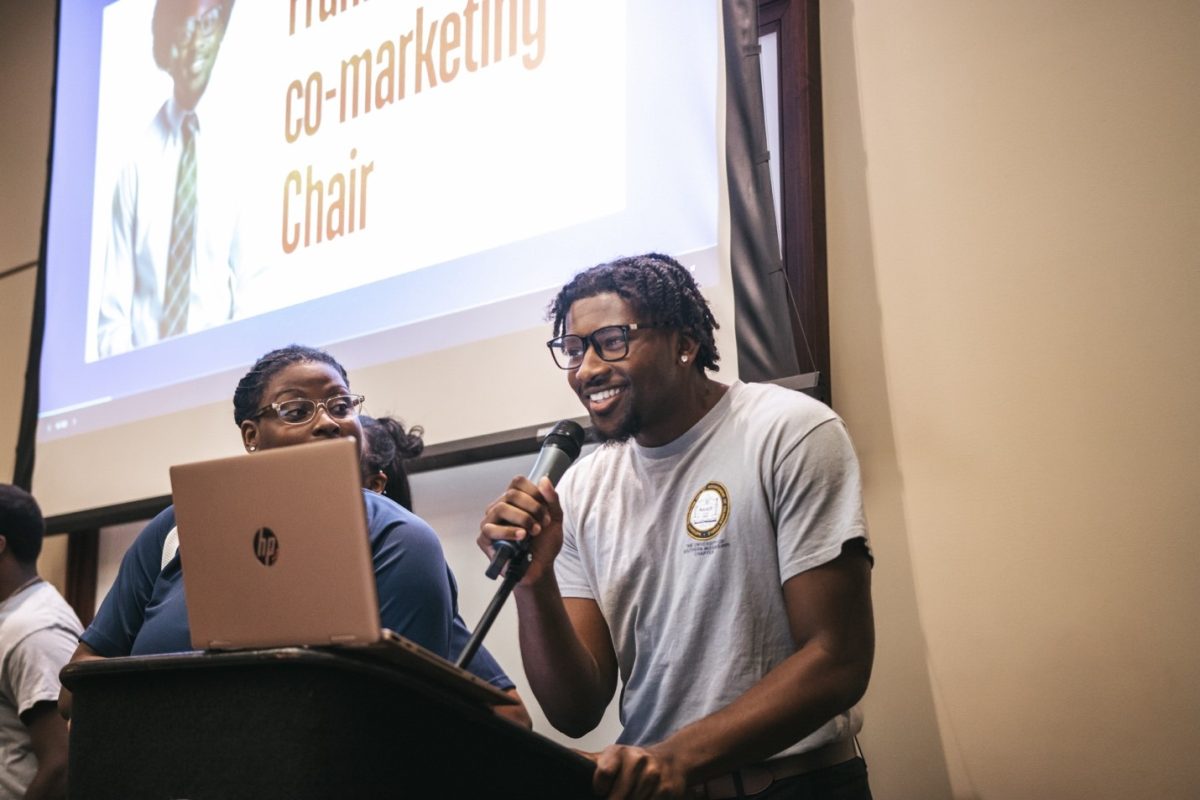
It’s that time of year again, folks – Hallow’s Eve, or Halloween, is Saturday. When one thinks of Halloween, the images of ghosts and ghouls, candy apples and trick-or-treating comes to mind. But many parts of the tradition were built upon traditions established by the ancient Celts, a culture that ruled parts of Central Europe about two thousand years ago.
Dan Capper, a professor of religion here at USM, voiced his knowledge of the history. “Halloween was originally known as Samhain (pronounced sow-in) to the Celtic people. Samhain was their new year. It was thought that on this day the boundaries between the living and the dead were at their weakest, so that all the people that died in the past year could visit on this day.”
During this time, some of the mischievous spirits would play tricks on the people, while other angrier spirits may even cause harm to a person or his property.
To appease the spirits, the wise men of the society, or druids, would sacrifice animals.
“The concept here was ‘a life for a life.'” said Capper. “Villagers would build ‘bone fires’ in which they would throw sacrified animals and the bones of sacrificed animals to appease the angry dead. These ‘bone fires’ became known as bonfires.”
The jack-o-lantern tradition may have originally started as a hollowed-out turnip. “Druids would go house to house for food offerings for their rituals,” said Capper. “They would light their way by carving out turnips and placing a candle inside to make a kind of natural flashlight.”
When druids asked for offerings, the good houses would provide food and the houses that refused would be cursed or even captured for human sacrifice. “When it came to trick-or-treating for the druids, you definitely wanted to go with treat,” Capper joked.
When Europe became Christianized, there was much conflict between the Church and the Pagan druids. “Pope Gregory I decided that the proper way to deal with non-Christian religions was to tame them and bring them into the fold,” Capper said. “With Samhain he tried the same kind of strategy. He declared the day after Samhain to be All Saint’s Day, or All Hallow’s Day. This was the day in which all saints that didn’t have a specific feast day were celebrated.”
The night before All Hallow’s Day became known as All Hallow’s Eve, and eventually, Halloween.
Over centuries of social evolution and culture meshes, the holiday eventually became the more tamed, family-oriented and candy-based holiday we know of today. The discontent souls of the angry dead changed into something a little more innocent – a holiday that children could dress up and search the neighborhoods for candy-giving parents to supply.
Andrew Haley, a professor of American Cultural History, said, “I think a part of the appeal of Halloween is that it gives a bit of power to the children – it reverses the social order. There’s something magically pleasurable about being able to demand things of adults, even for just a day.”

























